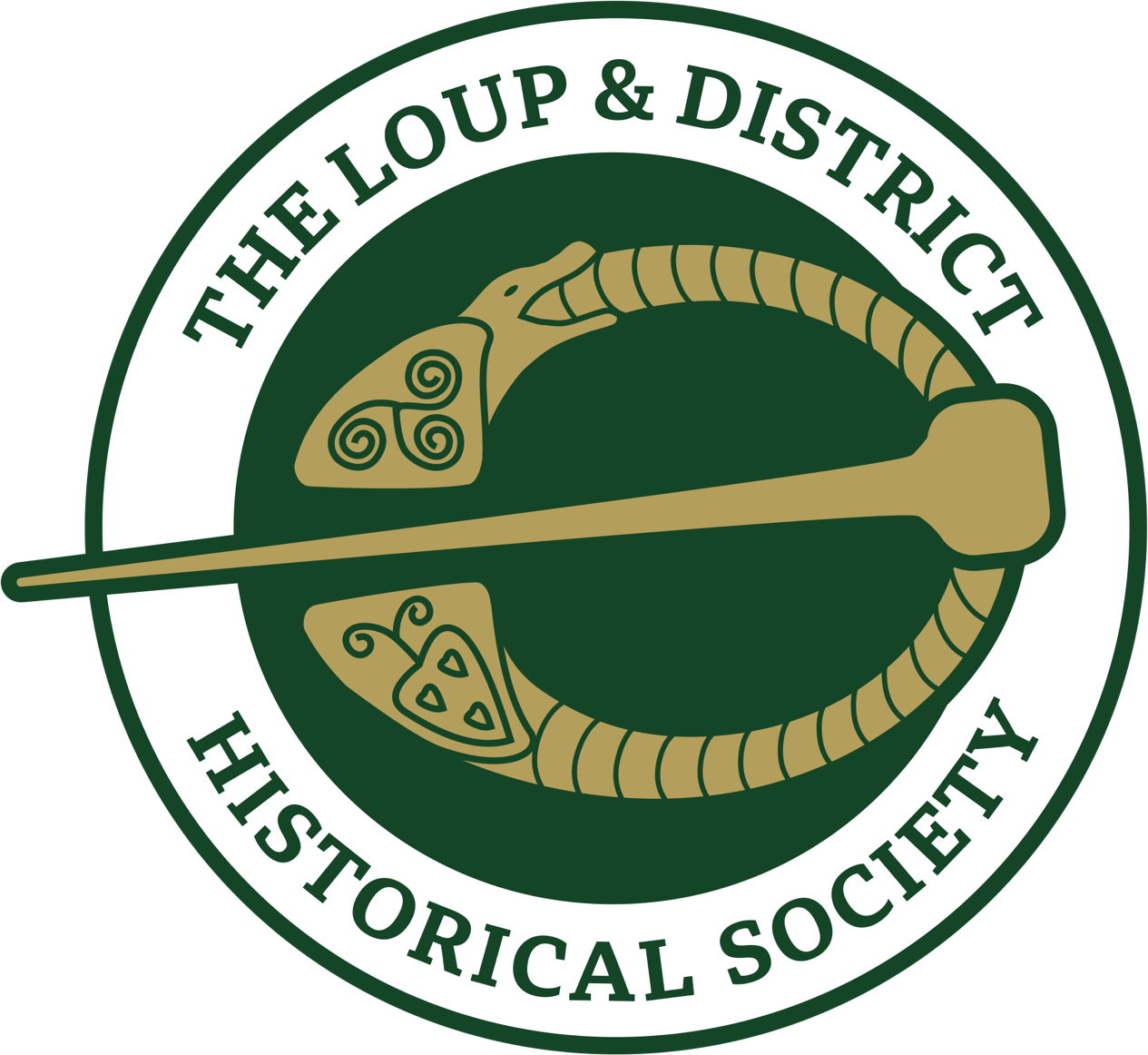By the end of the Famine John Stewart Vesey MD had emerged as one of the more prominent members of the workhouse administration, although Rowley Miller of Moneymore as chairman; Andrew Spotswood of Millbrook, Magherafelt as vice chairperson; John Stevenson of Fortwilliam, Tobermore as Deputy vice-chairman, and John Steele as clerk and returning officer were still the prominent officials in the house.
Within the workhouse there was provision for worship and an area put aside for the various faiths. In 1850 Rev Samuel Twigg (Established Church), Rev John Quinn (Catholic), and Rev James Wilson (Presbyterian) administered to the ‘inmates’.
Wilson was replaced by Alexander Montgomery some years later. Each of the religious representatives were paid £30 per annum, a handsome salary to say the least. Likewise, John Stewart Vesey was handsomely rewarded for his help, being paid £60 per annum. With much of the pressure of day-to-day affairs on his shoulders the annual salary of £80 that John Steele was paid as clerk was justifiable. By 1855 he was working under Master, Scott Lindsay who was paid £45 and his wife Ann, as matron, who was paid £25.
Other officials in the workhouse included the schoolmaster, Alexander Smyth (£20); the schoolmistress Ellen Brittain (£15); the porter, Richard Robinson (£12 10s); the infirmary nurse, Mary Kirker (£8), and the fever hospital nurse, Jane Spratt (£13).



